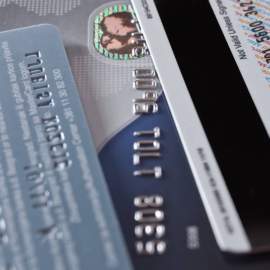
Short Guide to Chapter 11 Filing Process

Though some parts of U.S. law are more ambiguously defined, with regard to filing for Chapter 11, Bankruptcy Code language is fairly explicit as far as the specifics go. For one, Chapter 11 as a physical document clearly outlines who may and may not be considered eligible to file for bankruptcy according to its terms. In fact, the rights and responsibilities of all parties of interest and interested parties (including contributors and shareholders) in these matters are considered by Chapter 11 Bankruptcy Code.
The general petition must be completed and submitted to a bankruptcy court that is fit to hear a company's case. Chapter 11 Bankruptcy Code, like other versions of the Code for other chapters, requires certain information be provided by debtors to initiate proceedings, namely all contracts and leases, income vs. expenses, possessions owned vs. monies owed, and an overall statement of finances.
Though not nearly as common as in Chapter 7 or 13, couples who file for bankruptcy under Chapter 11 will also be permitted to file jointly or as separate individuals. In the majority of cases, applicants submitting such a request for relief will automatically become "debtors in possession" and will be the primary determinants of their affairs, as the role of trustee will be all but rendered moot.
Another commonality between the laws of other chapters and those of the Chapter 11 Bankruptcy Code is that they insist on the formation of a plan on the part of debtors. In the interest of reorganization, under Chapter 11 debtors trying to get out of bankruptcy must outline how they will restructure their companies (in the case of businesses) and how they will address the claims of creditors for compensation for existing debt.
Where Chapter 11 is more unique, though, is what it states must accompany a plan. For debtors, a "disclosure statement" is needed to relate the aforementioned financial information to creditors to see if the plan warrants acceptance. As for creditors, if they will not stand to collect on the full balance of monies owed to them, they must vote on the plan by ballot.
Along with the numerous forms that the Chapter 11 Bankruptcy Code takes into consideration are all the special circumstances that may affect the events leading up to confirmation. Coincidentally, both current fiscal policy and Chapter 11 recognize the importance of survival for small businesses. Bankruptcy court proceedings for small business debtors involve an extra interview with and additional oversight by an appointed trustee.
NEXT: A Quick Look into Chapter 9 Bankruptcy





















